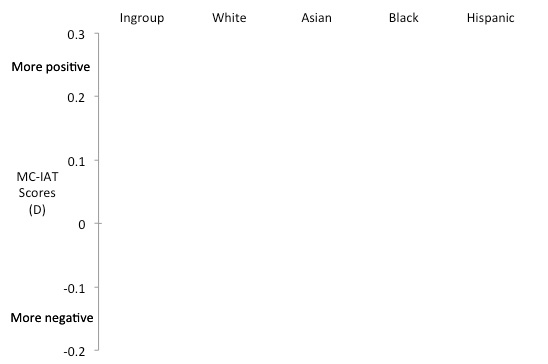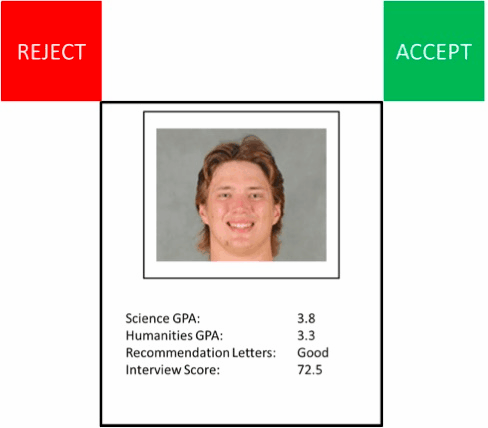Jordan Axt
My Research
Below is some detail about a few current research projects. For information about other projects, visit my Papers and Study Materials page
Hierarchies in Implicit Social Evaluation

What are the consequences of living in a status hierarchy? In one project (total N > 200,000), we found evidence of pervasive hierarchies in implicit evaluation for race, religion and age (Axt, Ebersole & Nosek, 2014). For racial groups, implicit positive associations followed the rule: Own racial group > Whites > Asians > Blacks > Hispanics. Participants had the most positive implicit evaluations for their own racial group, followed by White, Asian, Black and Hispanic people. Hierarchies were also found in implicit evaluations of religions (Own religion > Christianity > Hinduism or Buddhism > Islam) and age groups (Children > Young adults > Middle-Age adults > Old adults). Such consistent hierarchies did not exist in explicit evaluations. These results suggest that our implicit evaluations of groups is shaped both by our own ingroup identity but also by the social standing of other groups. While such status hierarchies can be consciously rejected, they may still persist in social memory. Follow-up work in this line of research has looked to better delineate what aspects of implicit evaluation are more tied to personal identity versus cultural values (Axt, Moran & Bar-Anan, 2018).
Measuring Social Bias in Judgment

When does social information shape judgment in unknown or unwanted ways? We have developed a paradigm, the Judgment Bias Task, that can be used to measure judgment biases rapidly and reliably, and is adaptable towards a variety of social domains (Axt, Nguyen & Nosek, 2018). After applying the paradigm to several social contexts (e.g., political or university affiliation), we find favoritism was frequently present even among those who reported a desire to be unbiased and a perception of having been unbiased. We are currently using the JBT to investigate whether bias-reduction interventions targeted at one bias also impact other biases operating simultaneously (Axt, Casola & Nosek, 2019). In another line of work, I have used the JBT to explore how the magnitude of discrimination in social judgment can be reduced both by asking people to avoid showing these social biases in evaluation, but also by simply making the judgment process more accurate (Axt & Lai, 2019).
Learning and Reinforcing Racial Associations

To what extent can people control the associations they form about others? Across five studies (total N > 1,100), we used a learning game to assess how quickly and how well Whites would learn to associate Black people with positive or negative information (Axt & Trawalter, 2017). Participants were faster to learn that Black faces were associated with negative information, but did not show significant improvement over time. Conversely, participants were slower to learn that Black faces were associated with positive information, but were able to significantly improve over time. In fact, by the end of the task, participants asked to learn “pro-Black” associations were outperforming those asked to learn “anti-Black” associations. These results suggest that White people may have an easier time initially learning the anti-Black associations that align with existing implicit and explicit attitudes, but may resist strengthening such associations that oppose their motivations to be unprejudiced. Likewise, White people may have a harder time acquiring pro-Black associations at first, but will then work to strengthen these associations that affirm their race-related values. We are extending this work by investigating what manipulations can best minimize the influences of unwanted associations in behavior.
